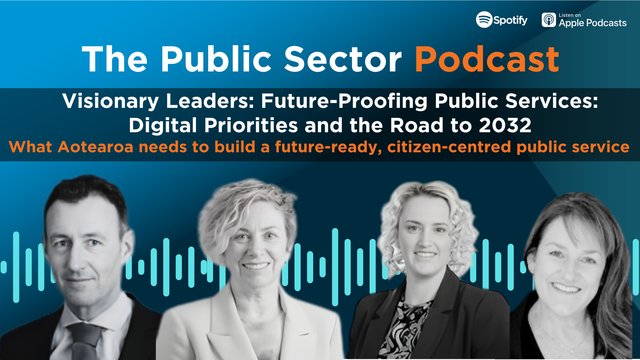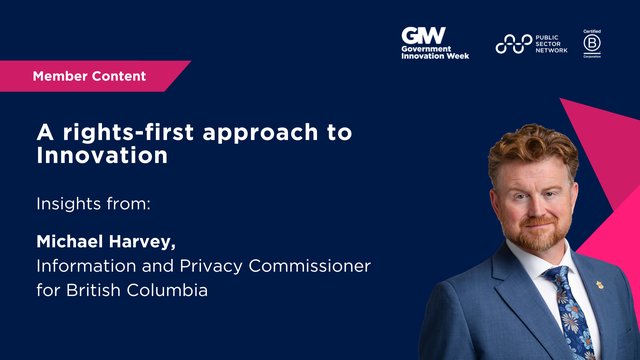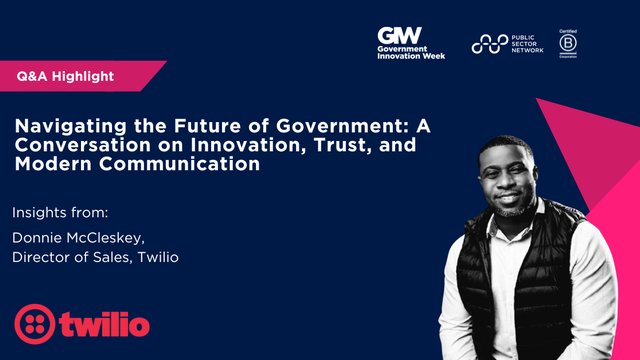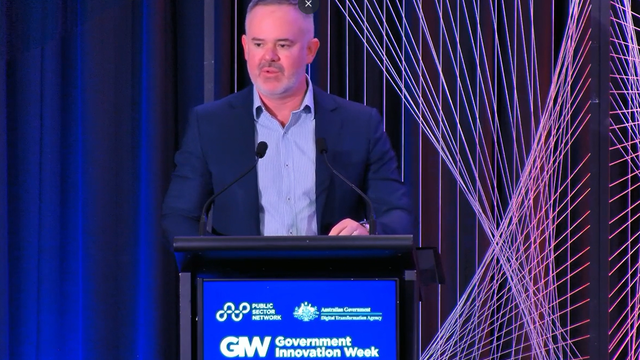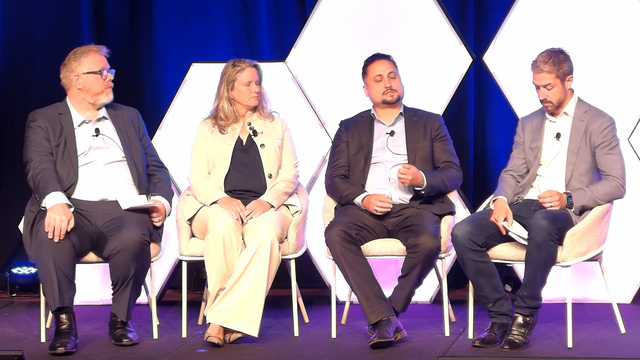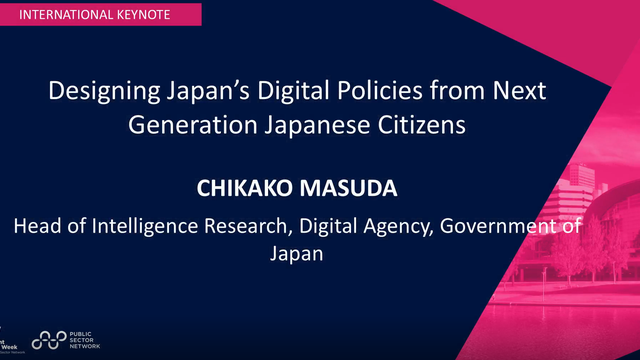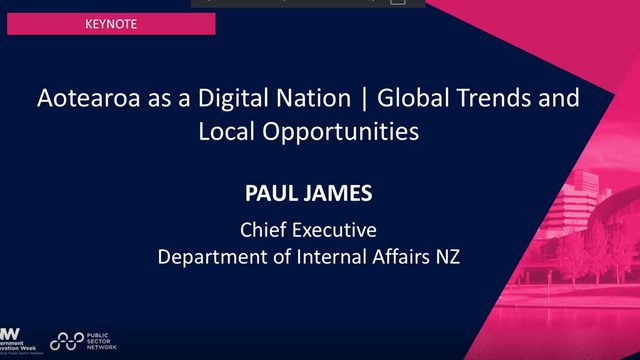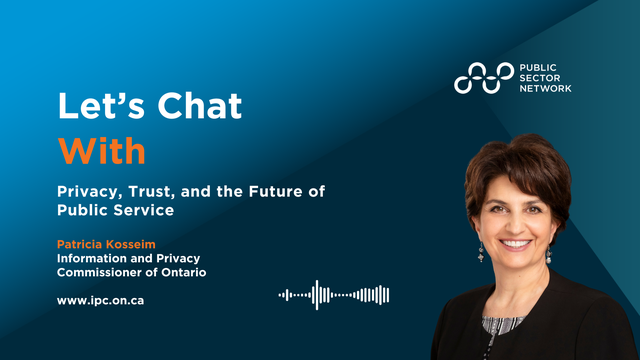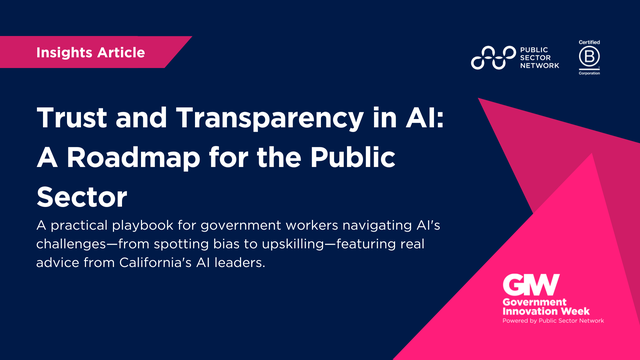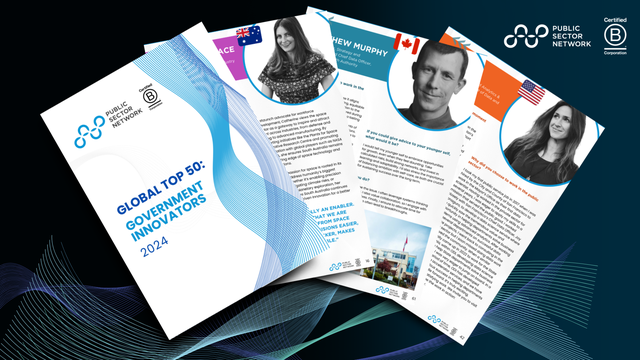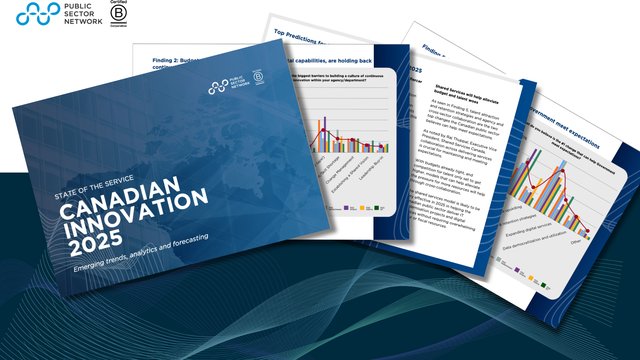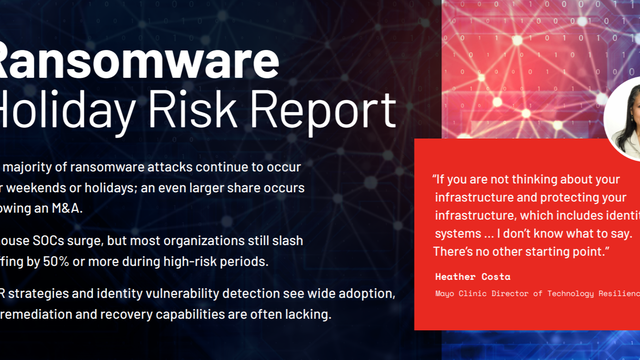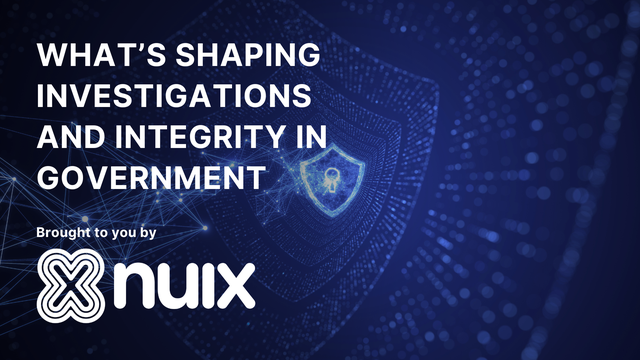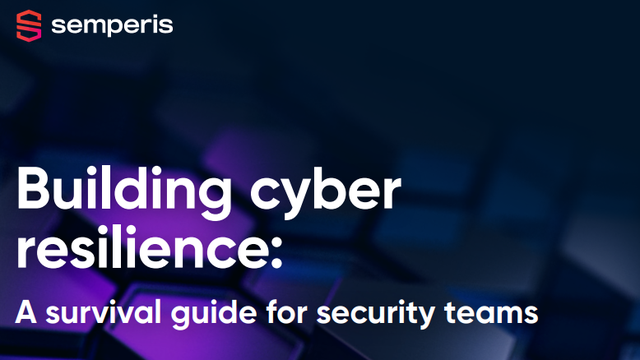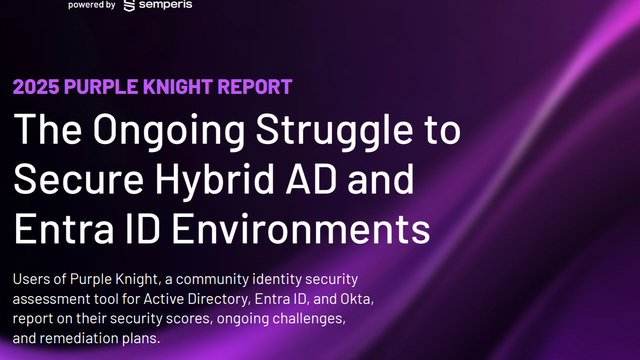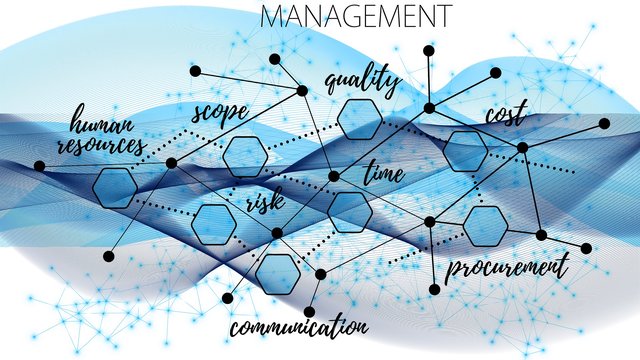
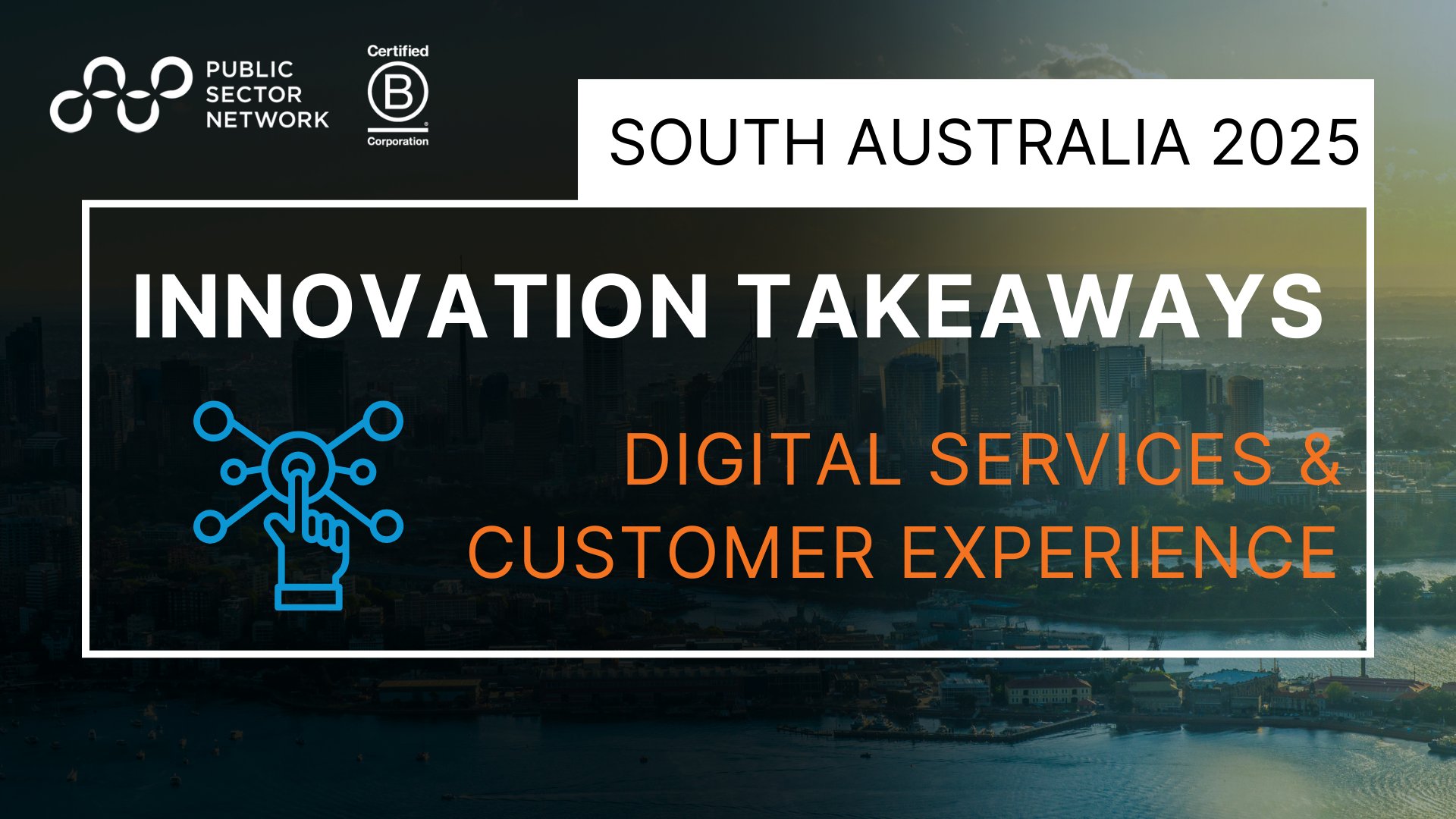
‘Future Health’: Driving Service Excellence and Intuitive Interactions to Build Trust and Deliver the Next Generation of Health Care
Susan Pearce, Secretary, NSW Health
- Digital health transformation is accelerating patient-centred care
New South Wales Health has expanded virtual care models to improve access, particularly for rural and remote communities. Initiatives like the Single Front Door, ambulance virtual control centres, and hospital-to-home care programs enhance patient access to real-time clinical support without requiring unnecessary hospital visits. These innovations reflect a broader shift towards digitally-enabled, proactive healthcare rather than traditional, reactive, hospital-centric models. - Equity and accessibility must remain central to digital healthcare initiatives
While digital health tools offer improved convenience, not all patients have equal access to technology or connectivity. NSW Health is working to ensure multiple access channels (phone, in-person, and digital) are available, particularly for low-income, elderly, and rural patients. Digital solutions should complement rather than replace traditional healthcare services, ensuring inclusivity and preventing healthcare access gaps. - AI and data integration will shape the future of healthcare delivery
The AI Task Force is focusing on predictive analytics, early disease detection, and automation to support clinicians and improve patient outcomes. NSW Health is implementing the Single Digital Patient Record, aiming to unify health data across 228 hospitals and community services. Successful AI adoption depends on embedding ethics, trust, and patient safety into deployment while ensuring AI is seen as an enhancement tool rather than a replacement for human decision-making.
From Vulnerability to Vigilance: Embracing Zero Trust for the SA Government
John Wood, Head of Systems Engineering, ANZ, Veeam
- Cyber threats are evolving—resilience requires proactive preparation
Ransomware attacks have shifted from data encryption to data exfiltration, increasing extortion risks. Attackers now target backup environments first to force payment. Organisations must move beyond traditional disaster recovery and adopt cyber recovery strategies that assume continuous threats, not one-time incidents. - Cybersecurity is not just an IT issue—it’s an organisational responsibility
Cyber incidents take an average of 22 days to resolve, not due to technical delays, but decision-making paralysis. The slowest part of a response is often executives and leadership, who lack clear guidance. Tabletop exercises and predefined response plans are essential to ensure teams know who is responsible, how to communicate securely, and what steps to take immediately. - Zero Trust and immutable backups are critical for cyber recovery
Government agencies should assume breaches will happen and segment critical systems, using Zero Trust principles. Cyber resilience requires immutable, offsite backups that attackers cannot modify. Out-of-band communication plans are also essential—attackers monitor emails, Teams, and Slack channels to disrupt responses and pressure organisations into paying ransoms.
Embedding Co-Design and Accessibility into Service Delivery to Create Experiences That Are Intuitive and User-Focused
Jessica Pisani, Executive Director, Strategic Engagement, Department of the Premier and Cabinet
Deven Dhaka, Chief Technology Officer, MTX APAC
- Embedding Co-Design for Systemic Change
South Australia is leading the way with new co-design principles launching in April, ensuring inclusive and consistent service design across government. This approach prioritises early engagement, free informed consent, and local community input—moving beyond best practice to systemic adoption. - Bridging the Accessibility Gap Through Inclusive Service Design
Effective digital government services must account for diverse user needs, including First Nations communities, neurodivergent individuals, and those with limited digital access. Ensuring human-centred design, face-to-face engagement, and flexible service models will drive genuine accessibility. - Technology as an Enabler, Not a Barrier
Technology should support, not dictate, service delivery. By integrating user feedback loops, prototyping, and flexible architectures, governments can align digital solutions with real-world needs—preventing workarounds and ensuring long-term adoption.
Progressing Technology Maturity and IT Modernisation Within SA Public Sector: Unpacking Cloud Migration
Richard Hill, Chief Information Officer, Department for Infrastructure and Transport
- Modernisation as an enabler, not just an upgrade
Migrating legacy systems is not just a technology refresh—it removes barriers to business transformation. By modernising core platforms such as registration and licensing systems, governments can improve security, enable real-time data access and enhance service agility. - Cloud as the foundation for future innovation
Cloud migration is not the end goal, but the foundation for broader transformation. Moving critical systems to AWS has supported cost savings, a 49% reduction in carbon emissions and improved scalability. This transition enables new opportunities in artificial intelligence, data analytics and service automation. - Artificial intelligence accelerates digital government
Generative artificial intelligence offers a significant opportunity beyond service delivery. It can streamline application modernisation, optimise transport planning and enhance digital workflows. Integrating AI-assisted development and decision-making can reduce costs, improve efficiency and fast-track innovation.
Accelerating Digital Capability and CX in the Government services: Driving Innovation, Trust, and Efficiency
Shikha Sharma, Chief Information Officer, Department of Human Services
- Strategic alignment is critical for digital transformation
A clear vision, well-communicated priorities and strong governance frameworks ensure that digital transformation initiatives scale effectively. Aligning IT, data and digital strategies with organisational goals helps departments modernise while maintaining agility in policy and service delivery. - User-centred design improves accessibility and adoption
Building digital services around employee and customer needs increases engagement and efficiency. The Department of Human Services’ intranet redesign, AI-assisted document search and digital tools for workforce management demonstrate the value of intuitive, accessible solutions that improve employee experience and service delivery. - Digitisation enhances service outcomes and policy development
Modernising systems such as the Family Safety Portal, Referral Management System and Community Visitor Scheme improves service coordination, case management and policy decisions. By integrating real-time data and streamlining referrals, digital transformation enables government agencies to respond more effectively to community needs.
Unlocking the Potential of Integration Platform as a Service (iPaaS) Within Department for Child Protection SA
Nikunj Mandlas, Chief Information Officer, Department for Child Protection
- Integration accelerates decision-making in high-stakes environments
Legacy systems create silos that slow down decision-making in critical areas such as child protection. Integration Platform as a Service (IPaaS) enables real-time data sharing across agencies, reducing delays and allowing frontline workers to make informed decisions faster, improving outcomes for vulnerable individuals. - Simplification is key to modernisation
Adding more tools to an IT ecosystem can create unnecessary complexity. IPaaS enables organisations to streamline existing systems, remove inefficiencies, and create a more flexible, scalable architecture that adapts to evolving service needs without major overhauls. - Collaboration and interoperability drive better public services
Open architecture and secure API-driven integration allow multiple government agencies to share data efficiently while maintaining security and privacy. This approach reduces duplication, enhances service delivery, and ensures that frontline workers have access to the right information at the right time to improve service outcomes.
Treating Legacy Debt Whilst Meeting the Tech Challenge: Building A Compelling Business Case in the Tech Arms Race
Stuart Watt, Chief Information Officer, Department of Primary Industries and Regions
- Aligning legacy system upgrades with business priorities
Securing funding for IT modernisation requires aligning proposals with government priorities. Technical jargon should be minimised. Instead, agencies should highlight the business benefits, risk mitigation, and operational efficiencies of digital investments. - Balancing innovation with legacy system risks
Agencies must balance the need for emerging technologies such as AI and cloud services with the risks of maintaining outdated systems. A risk-based approach to investment ensures that legacy upgrades are prioritised to support government services while minimising disruption. - Embedding future-proofing in procurement and vendor engagement
Procurement policies should prevent technical debt by ensuring IT investments align with long-term strategic objectives. Establishing partnerships rather than transactional relationships with vendors supports sustainable, scalable, and adaptable digital solutions.
Government Interactive: SA Pathology’s Digital Future: Unveiling Key Priorities into 2025 and Beyond
Professor Joy Rathjen, Director, Research & Innovation, SA Pathology
Dr Jill Lipsett, Clinical Service Director, SA Pathology
Keith Kranz, Manager, Information and Communication Technology Services, SA Pathology
Professor Karin Kassahn, Head, Technology Advancement Unit, Genetics & Molecular Pathology, SA Pathology
- Enhancing patient-centred digital services
SA Pathology’s digital transformation prioritises patient-centred care by improving access to test results, consent management, and appointment booking through a secure digital portal. These enhancements support greater transparency, accessibility, and patient engagement in healthcare. - Standardising health data for interoperability and efficiency
Adopting Fast Healthcare Interoperability Resources (FHIR) enables secure, standardised, and real-time data exchange across health services. This approach reduces duplication, improves data accuracy, and streamlines workflows for clinicians, improving patient outcomes. - Supporting clinicians with integrated digital tools
Digital solutions, including e-requesting, guided test ordering, and AI-assisted analytics, enhance clinical workflows by ensuring test accuracy, tracking test status, and improving diagnostic efficiency. These advancements help clinicians provide faster, safer, and more informed patient care.
Future CIO/CTO: The Art of Mastering a Constantly Evolving Role
Richard Hill, Chief Information Officer, Department for Infrastructure and Transport
Elise Vervetjes, Chief Information Officer, SA Water
Dan Hughes, Chief Information Officer, Department for Education
- Balancing innovation with cybersecurity and legacy system management
CIOs and CTOs face increasing pressure to drive innovation while managing cybersecurity risks and modernising legacy systems. Effective prioritisation, agile decision-making, and investment in scalable, secure technology solutions are critical to maintaining operational stability while enabling future growth. - Strengthening partnerships and workforce capability
Successful digital transformation relies on strong partnerships with industry, cross-agency collaboration, and workforce development. CIOs must co-design solutions with stakeholders, align technology investments with business priorities, and foster a resilient, skilled workforce to manage rapid technological change. - Leadership in an era of rapid technological evolution
CIOs and CTOs are shifting from technical experts to strategic business leaders, guiding their organisations through digital transformation. Their role involves navigating AI adoption, leveraging data for decision-making, and building organisational resilience. Effective leadership requires continuous learning, cross-sector engagement, and the ability to influence and drive change at the executive level.
Hitting the Pinnacle of Service Delivery Through Creating an Efficient, Fast, Accurate, and Seamless Service
Professor Keith McNeil, Commissioner, Commission on Excellence and Innovation in Health
Francois Rizk, Director of Sales, ANZ, Granicus
- Data-driven service improvement requires a balance between privacy, security, and accessibility
Efficient, accurate, and seamless service delivery depends on leveraging data effectively while ensuring compliance with privacy and security regulations. Success relies on co-designing data access frameworks with clinicians, government agencies, and citizens to enable informed decision-making while maintaining trust and transparency. - Governance should facilitate innovation, not control it
Rigid governance frameworks can slow down service improvements. Instead, governance should be structured to provide clarity and empower frontline professionals to drive innovation. Agile, risk-informed governance models allow government services to evolve efficiently while ensuring compliance with regulatory requirements. - Service design must keep the citizen or patient at the centre
Beyond efficiency, empathy and accessibility are critical to service delivery. Ensuring co-design with users, reducing barriers to access, and integrating feedback loops strengthens the effectiveness of government and health services. Successful digital transformation requires a cultural shift towards value-driven, citizen-centred innovation.
